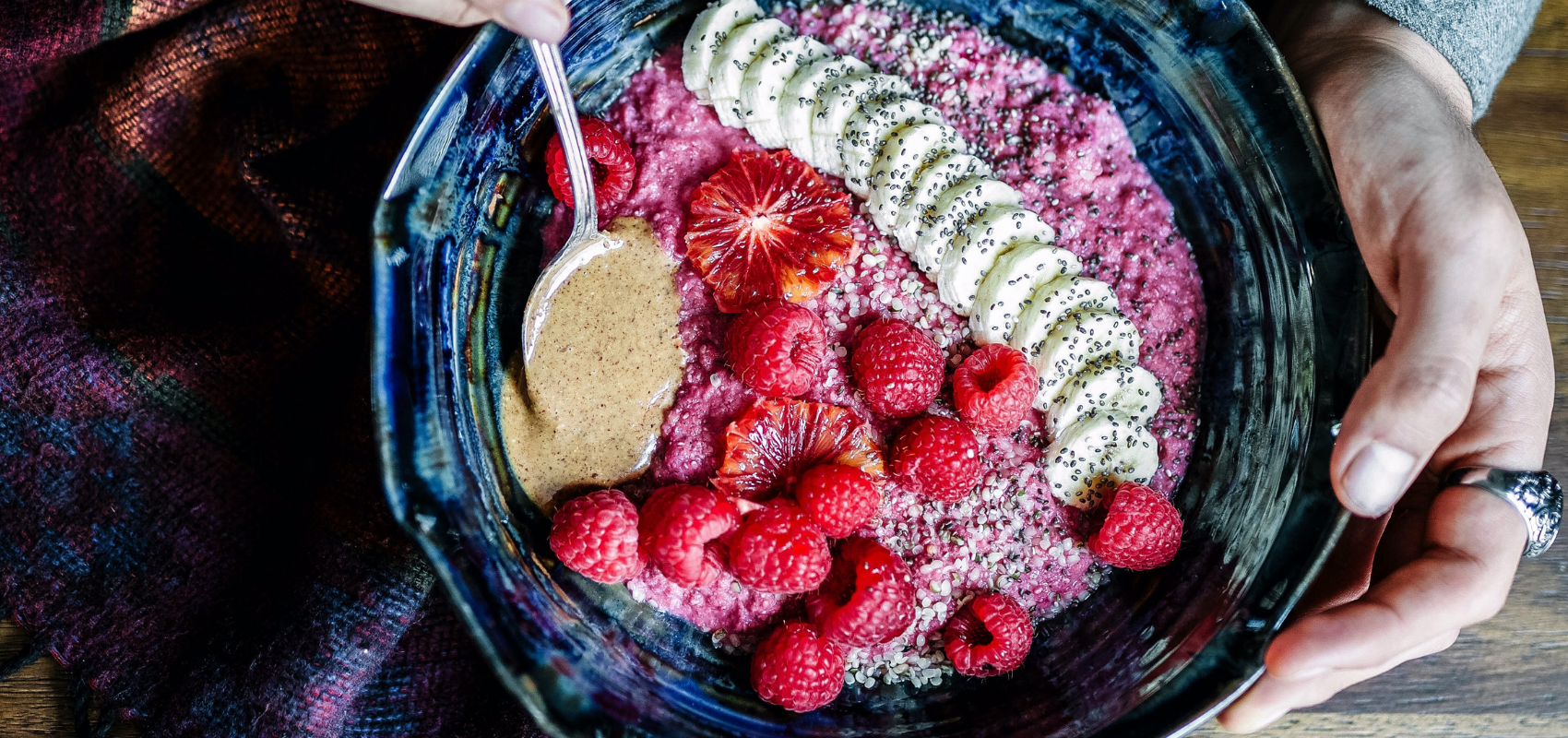Probiotics have been the darling of the wellness industry for a while now. From head to toe, there are no shortage of claims regarding their benefits. But with everything we’re trying to do to stay healthy these days, hearing one more recommendation always makes me think of that second Sex and the City movie: it sounded like a good idea, but did we really need it?
If you’re still confused about what the heck probiotics are, you’re not alone. Let’s break it down.
What Are Probiotics?
When you hear the word “bacteria,” what comes to mind? Something that looks like Slimer from Ghostbusters, right? But probiotics are in fact bacteria. Only in this metaphor, they’re Dan Aykroyd, one of the good guys.
Probiotics are microorganisms and permanent residents within your body, particularly in the gut but also in the mouth, lungs and skin, to name a few other places. In addition to being bacteria, they can also be yeasts. You may have seen the names of some of the most common types of probiotics before: Lactobacillus (bacteria), Bifidobacterium (bacteria) or Saccharomyces boulardii (yeast).
How Can They Help?
Probiotics are considered “good” bacteria and their main job is to fight off bad bacteria that enters the body. Maintaining this internal balance is key for our overall health. Here’s how probiotics keep us well:
- Aid in food digestion and prevent symptoms of indigestion like bloating.
- Support the immune system by kicking those bad bacteria to the curb.
- Strengthen the lining of the gut to help the body extract vital nutrients and block harmful ingredients from getting into the bloodstream.
- Help the body produce essential vitamins and also break down medication to make us feel better.
Regulating the amount of good and bad bacteria in the body can have other benefits you may not expect. Probiotics have become a popular ingredient in skin care products to treat and prevent acne. And some early studies suggest they may support oral health as well.
How Can I Get More?
You can start by making sure your diet includes the two Fs: fiber and fermentation. Foods like beans, garlic, onions, bananas and oats contain fibers that are considered prebiotics. Prebiotics are probiotics’ executive assistants. They set them up for success, helping them grow and thrive within the body.
When it comes to fermentation, we’ve all seen those yogurt commercials (forever a Jamie Lee Curtis fan) but that’s not the only way to get more probiotics. If you want to stick to dairy, you can’t do much better than the milk drink kefir, which you could add to a smoothie. Another drink to consider is kombucha, or fermented tea, which tastes a bit funky but I’ve grown to really enjoy it. Lastly, fermented foods like miso paste, pickles and sauerkraut are rich in probiotics. I just don’t recommend combining them.
Beyond changes to your diet, you can try a probiotic supplement. When comparing products, look for one with at least 1 billion colony forming units, or CFUs. I know what you’re thinking, “My body doesn’t need a billion of anything!” but probiotics are alive so, over time, they die. Starting with a higher amount means a more effective supplement towards the end of the bottle. Finding a product that is shelf stable (it doesn’t need to be refrigerated) will also help.
Do you take a probiotic supplement? Tell me about your experience with probiotics in the comments.




